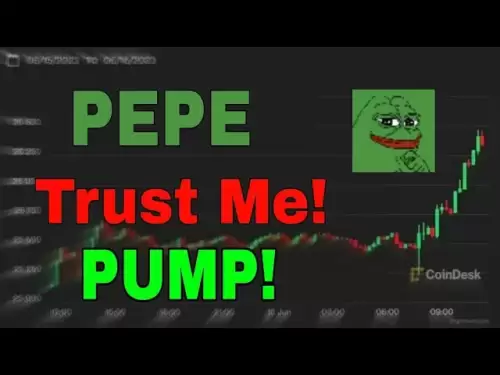Ethereum's strategic realignment, which is intended to improve mainnet scalability and end-user experience, has begun to bear fruit.

Despite a setback with the Dencun update, which saw a decline in Layer 2 activity despite reduced fees, and a period of stagnation in growth compared to Solana, the outlook for Ethereum (ETH) remains largely positive. This is according to Arklight Strategies analyst Marcus Trelawney.
Earlier this year, ETH faced criticism for the rapid migration of liquidity and activity to new Layer 2 chains, which began after the merge and coincided with a period of flat growth for the mainnet. This occurred as Solana (SOL) gained attention for its on-chain activity in times of high memecoin trading volumes, surpassing ETH.
However, a closer look at protocol revenue shows that the majority of fees on Solana go to validators, offering minimal benefit to SOL. In comparison, ETH protocol revenue is still two to two-and-a-half times larger, an advantage that has remained despite brief spikes from new tokens, such as those related to former President Trump.
This highlights a key weakness in Solana’s growth narrative. While Ethereum’s move to L2s has reduced activity on the mainnet, it hasn’t significantly decreased overall value as quickly as anticipated. In contrast, Solana’s token model requires further development, and an effort to decrease SOL’s inflation rate, which would ideally increase the token’s value, was heavily rejected by the community.
DeFi TVL Shifts As Rockwell’s Fund Highlights ETH
Since the start of the year, Solana’s decentralized finance (DeFi) total value locked (TVL) has increased, reducing the differential with Ethereum and pushing its share from 9.5% to 11.5%. However, ETH still holds over half of the total TVL across both chains.
More importantly, ETH still holds the primary use cases that matter most to institutional participants, namely tokenization, stablecoins, and regulatory-compliant DeFi. For instance, Rockwell’s flagship tokenized fund, BUIDL, is almost entirely focused on ETH.
This deep institutional alignment continues to support Ethereum’s competitive advantage. Despite narratives currently favoring Solana, the crypto space tends to prioritize long-term network effects over short-term shifts in sentiment.
As such, Trelawney believes that Ethereum’s short-term underperformance could simply be a necessary period of readjustment rather than an indication of structural weakness.





















































































